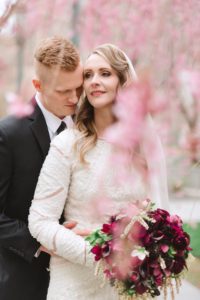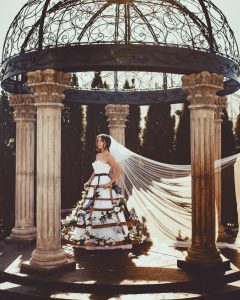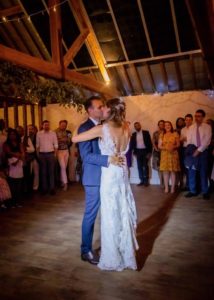
Home » Unusual or Under Used flowers for Weddings- Part 1
We all know weddings can be costly and one of the biggest budget items are flowers and decorations. We at Rachel Elizabeth follow some amazing florists on social media, and we love to see the incredible creations they post for weddings. Bouquets come in all shapes and sizes these days and incorporate so many incredible flowers.
As a keen gardener, I have some favorite flowers that I have not seen very often in posts, and wanted to share them with you. Some of these would be wonderful additions to bouquets and some for decorations and arrangements. They are all easy to grow, so you could save some money growing your own to add to the flowers your florist provides. They all do well as cut flowers, so would not wilt and die too quickly.
Blazing Star (Liatris spicata)
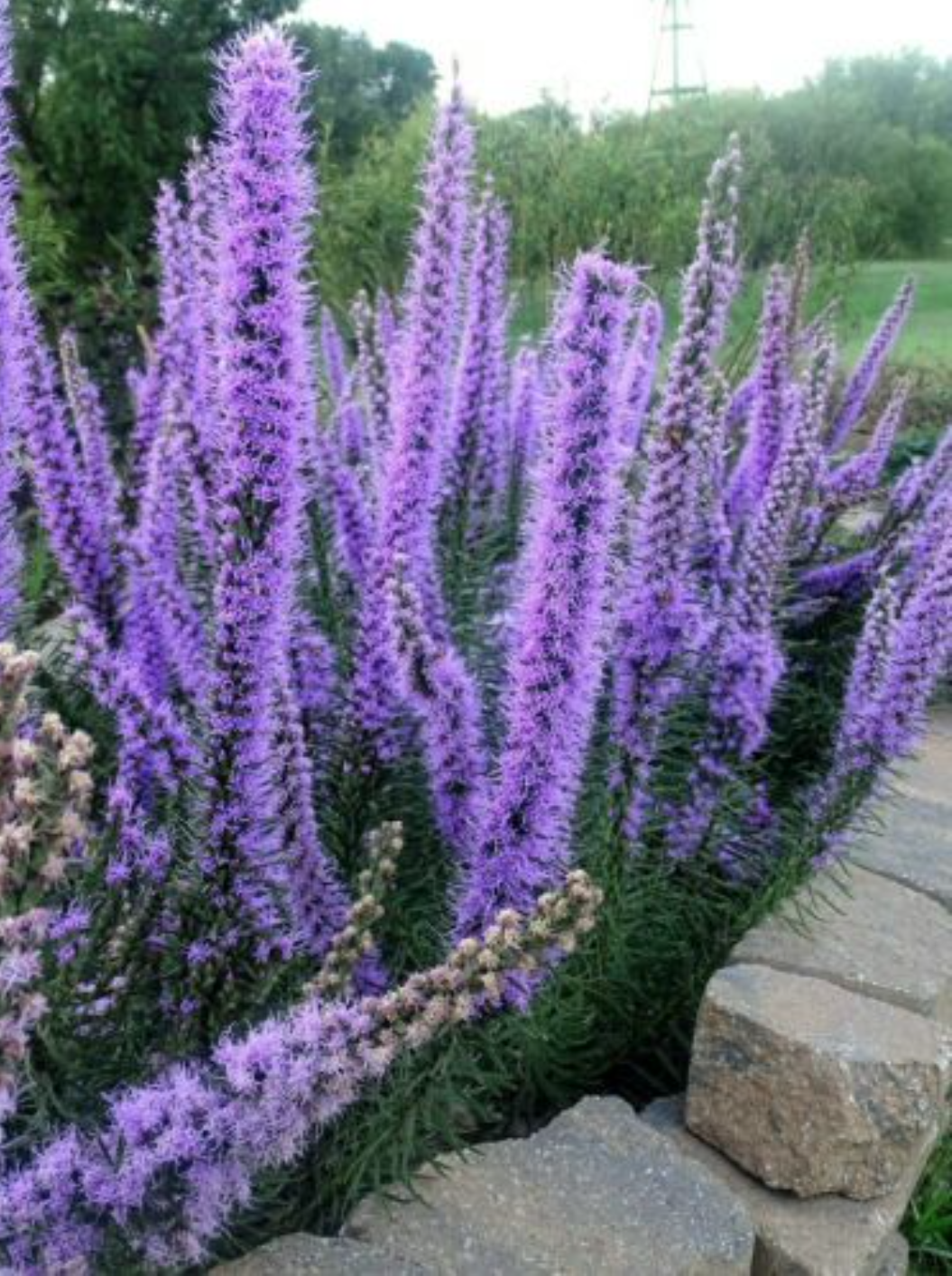
This perennial comes in purple, pink and white and grows to a maximum height of about 4’. These summer blooming flower spikes would be perfect in arrangements, and if cut shorter, could be used in a bouquet.
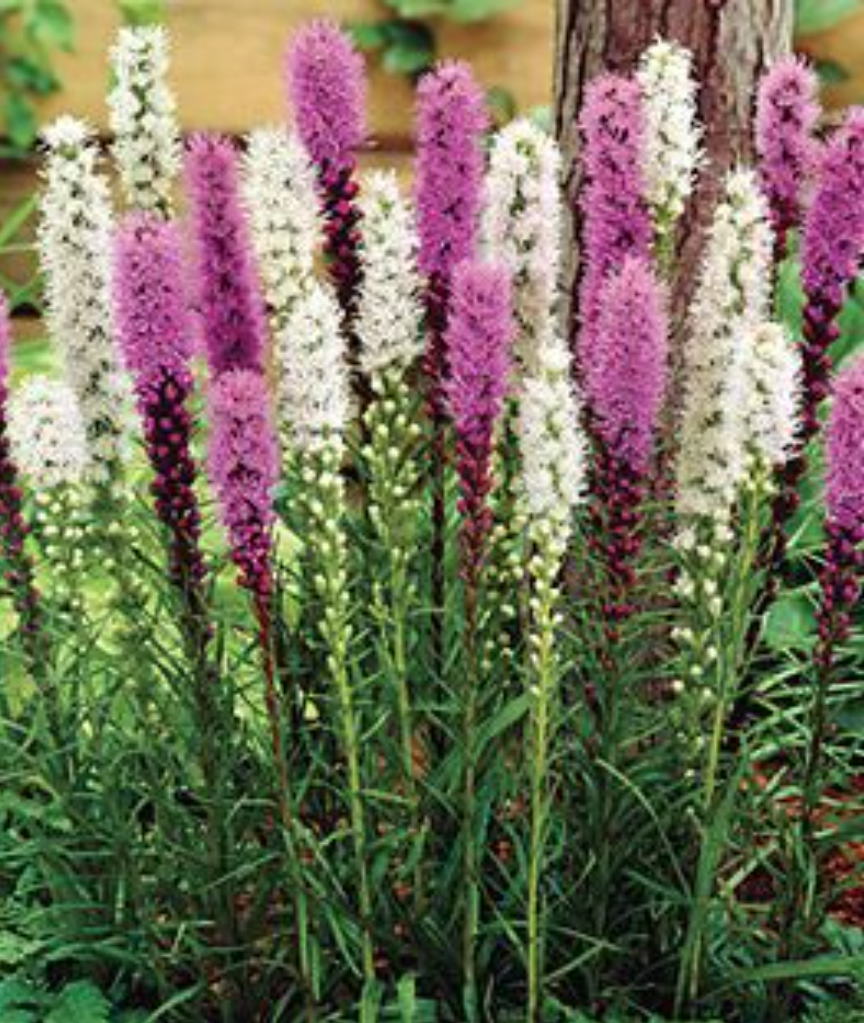
Salvia
Keeping with tall flowers, Salvias are a good one. Salvia species include annual, biennial and perennial plants and come in many different colors and sizes. I know that I have seen Salvias in wedding flowers before, but some are more unusual and the variety of colors is endless. One of my favorite rare Salvias is Jerusalem Sage or Jerusalem Salvia. It is native to the Eastern Mediterranean and is a beautiful pale yellow
color.
As I said, Salvia comes is so many colors and types that the choices are endless. Not only are there many different colors of flowers, but the foliage comes in many colors too, from many greens to silver to grey and much more.
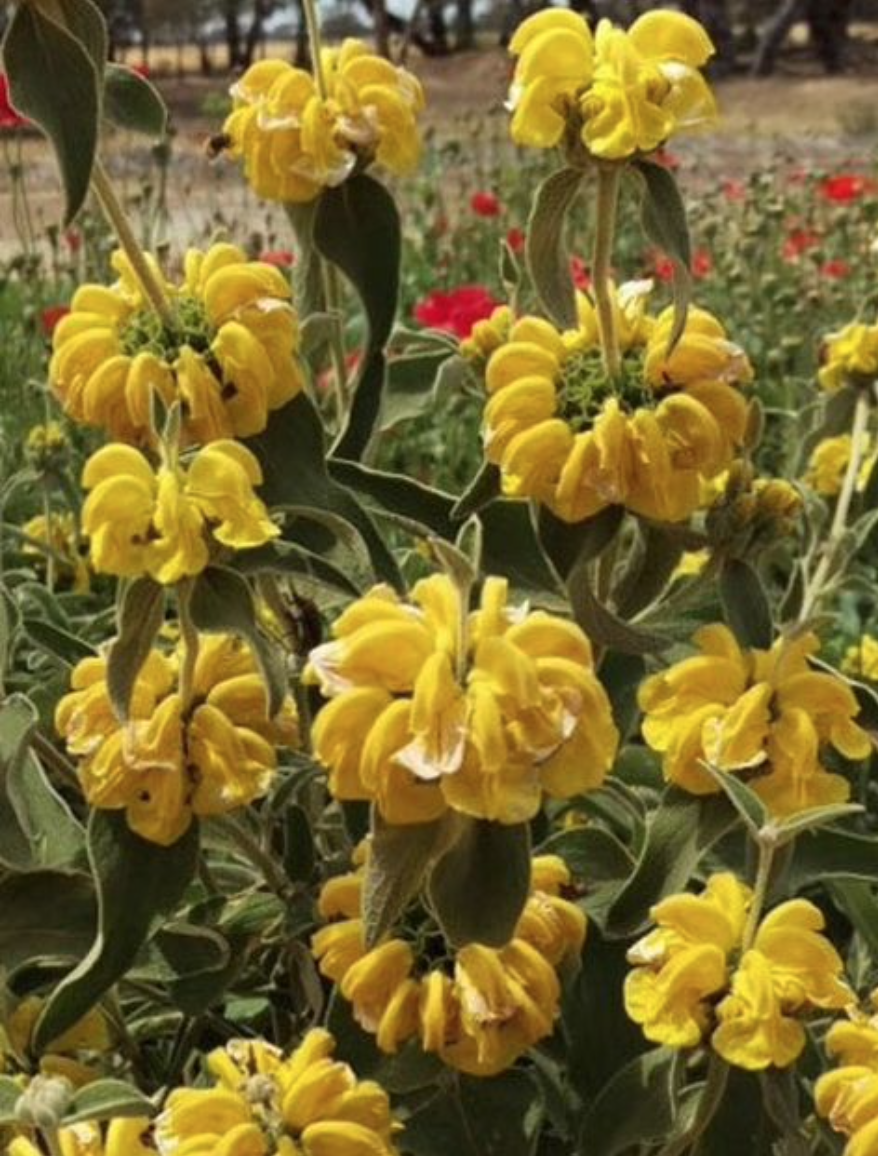
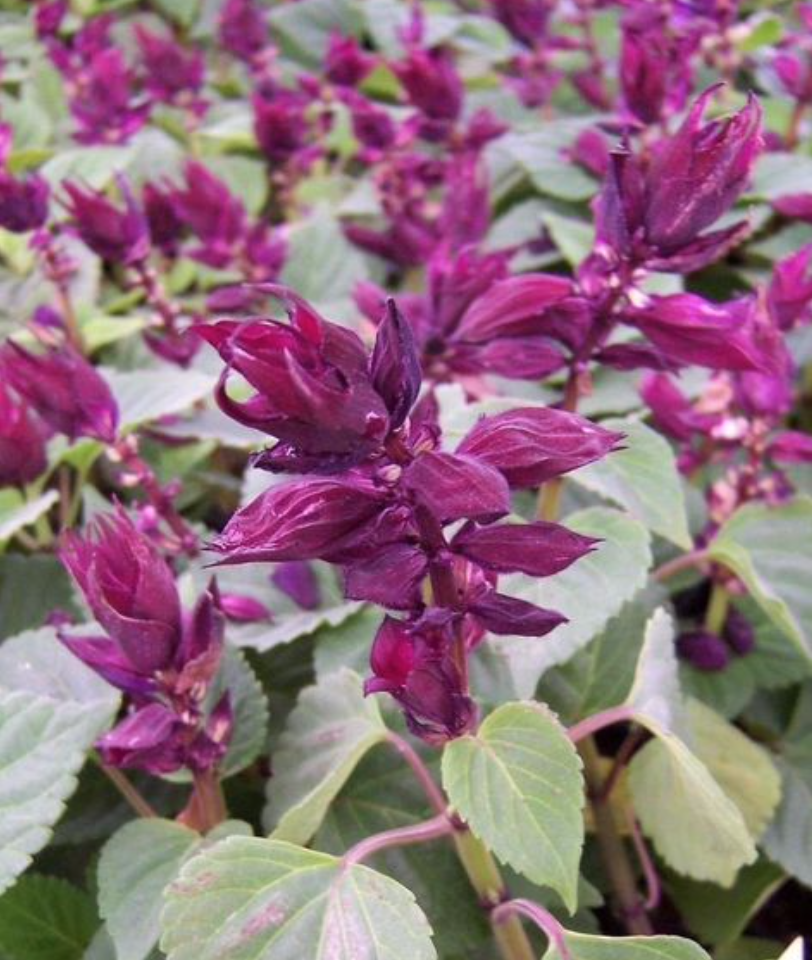
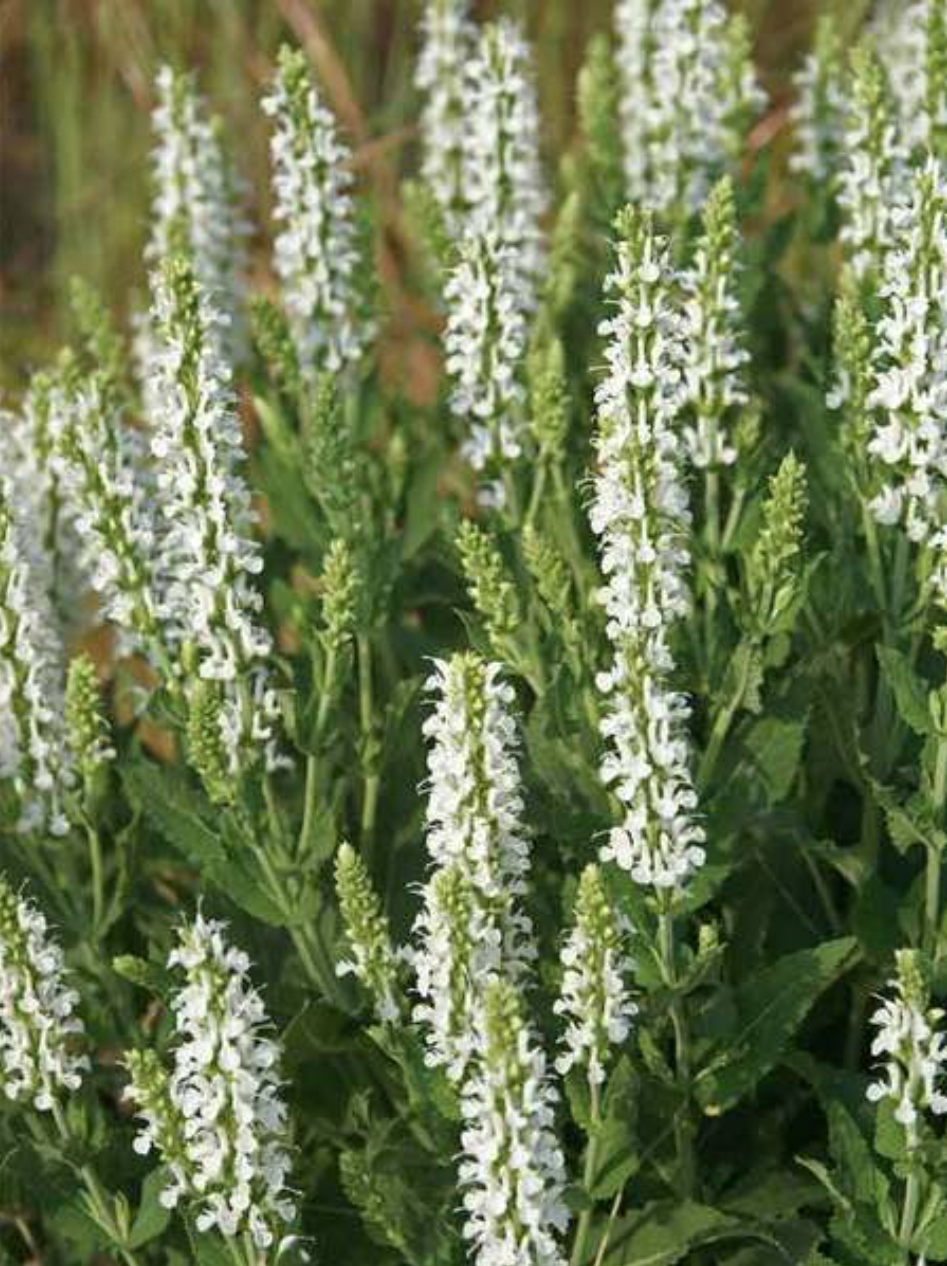
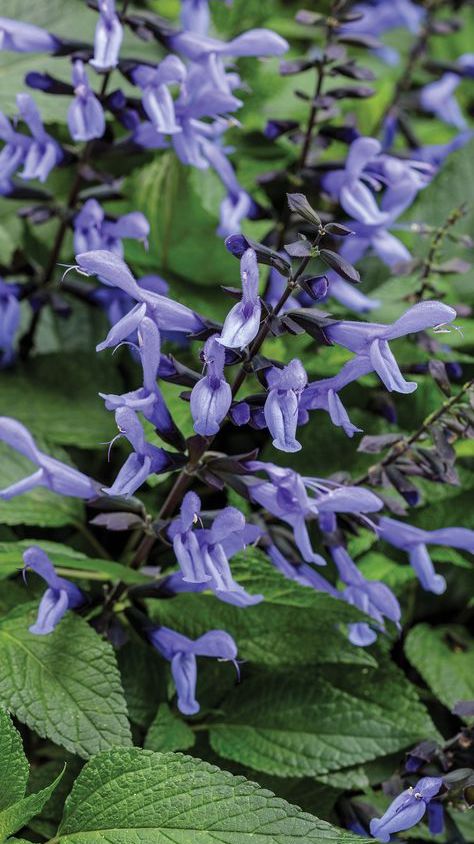
Yarrow (Achillea millefolium)
Yarrow is another one I don’t see very often. It is a perennial and comes in yellow, orange-peach, red, white and pink. The flower tops are flat and would make a nice addition to bouquets. The flower tops can vary in size depending on the variety, but are often 2-3” across or larger. They can grow up to several feet tall, again depending on variety. The flower heads are made up of many tiny flowers and can be tight together or more loosely arranged, and then they look a little like lace.
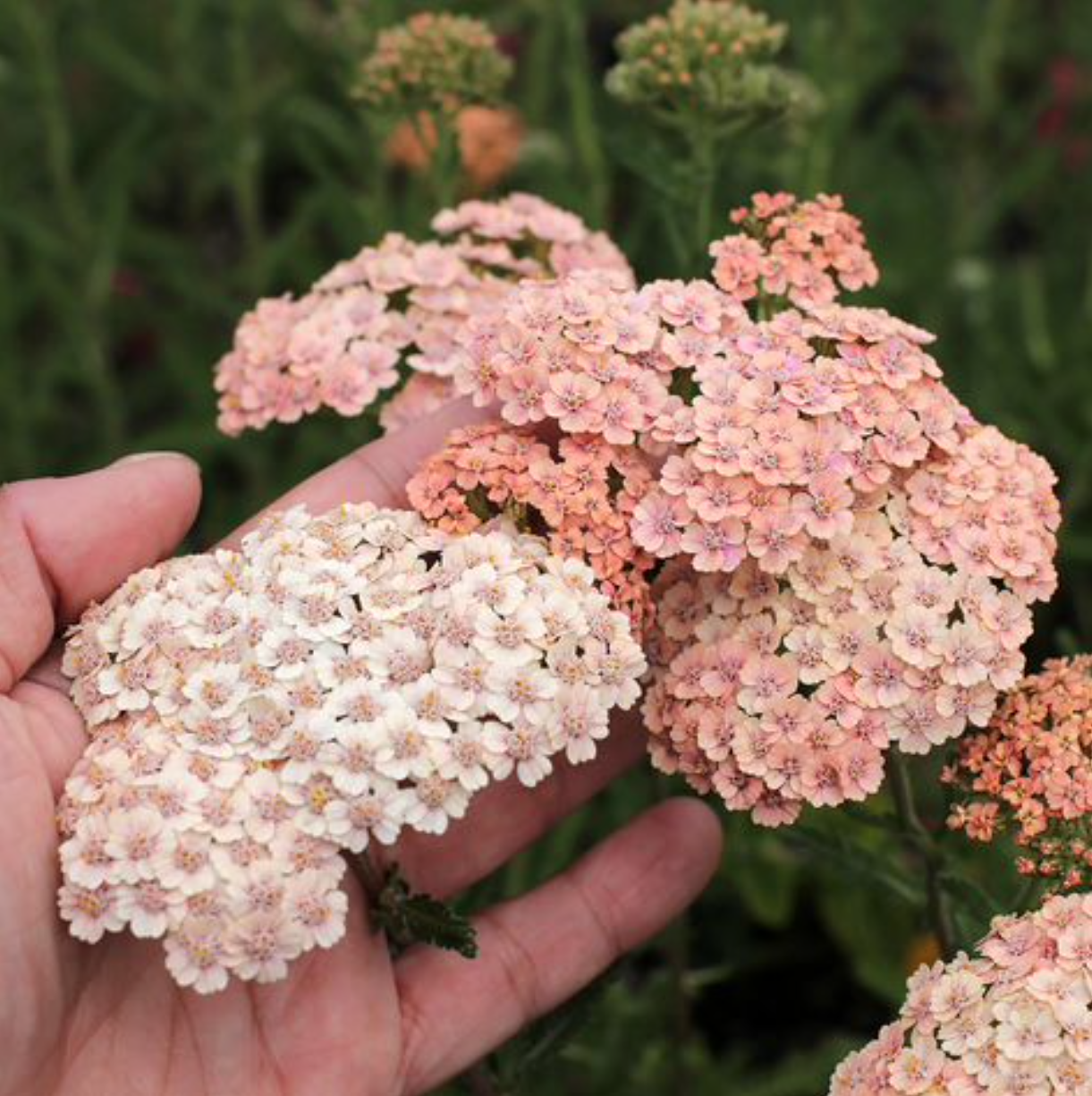
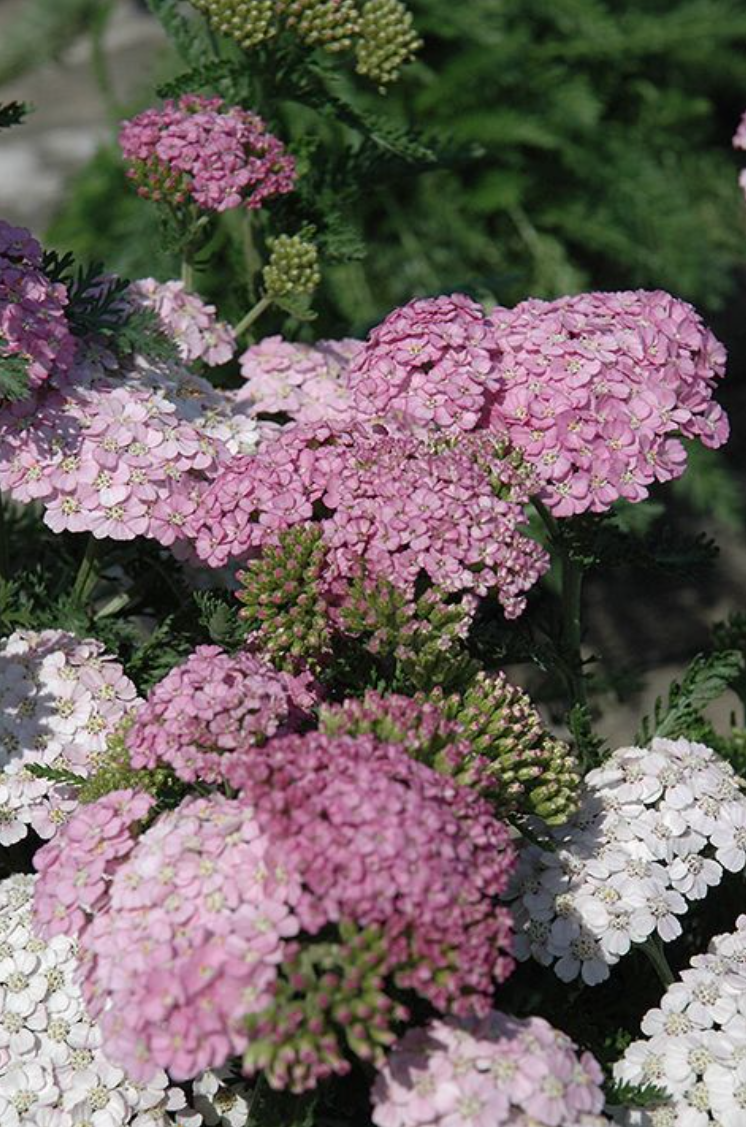
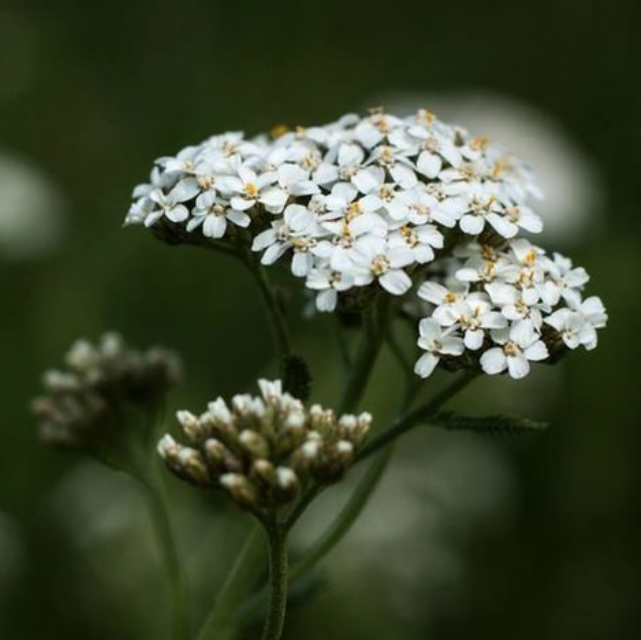
Bellflower (Campanula)
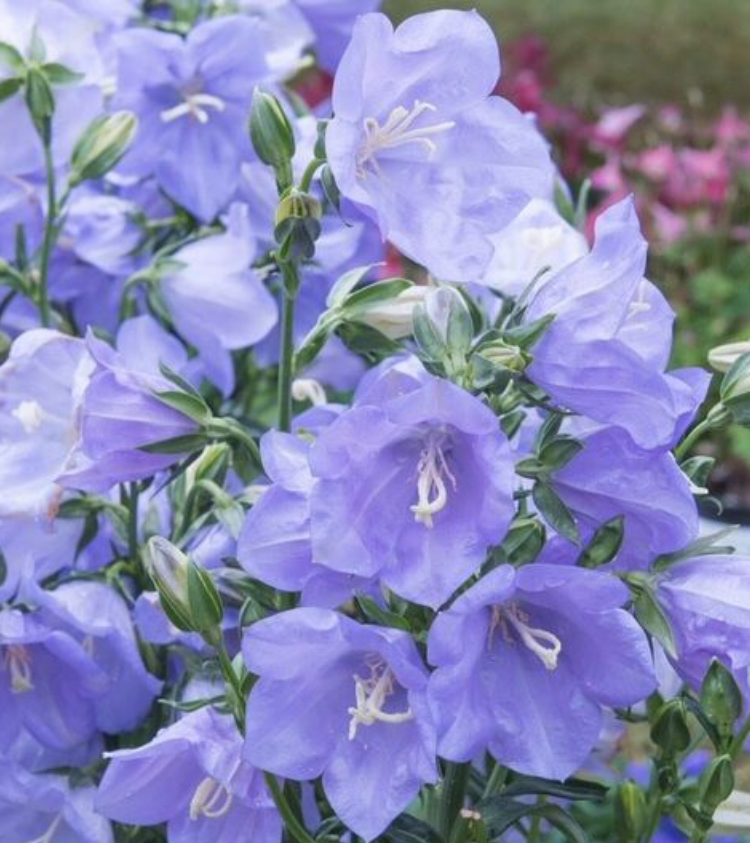
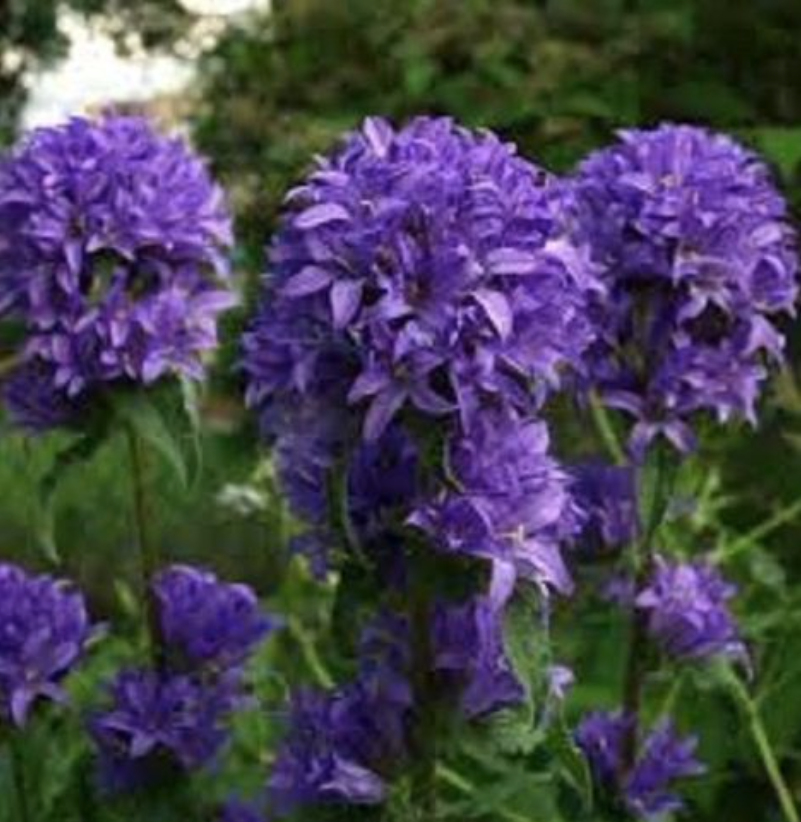
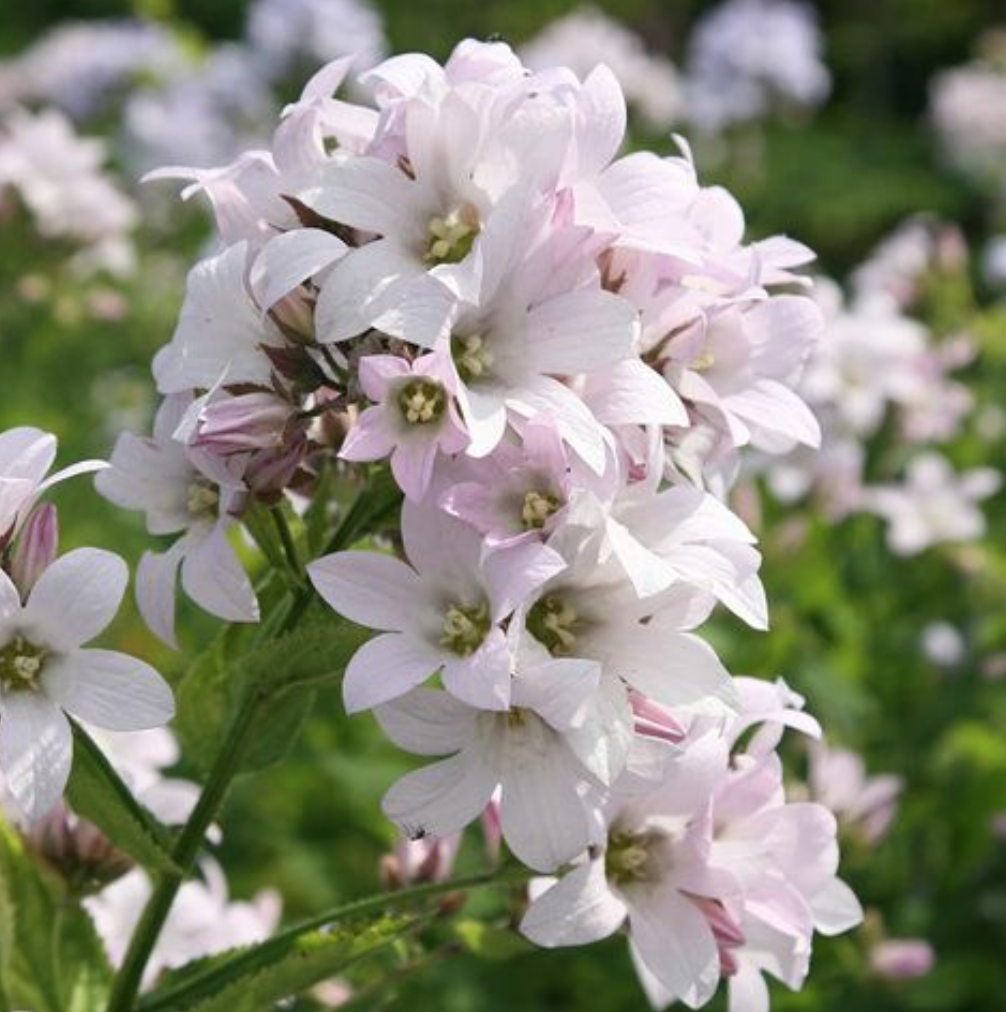
Bellflower is another plant that can be an annual, biennial or perennial, depending on the variety. There are over 300 varieties that come in different sizes and colors. Some are really tall, and some much shorter. Most Bellflowers bloom in July and keep blooming through Fall, until the first frosts. So, if you have a late summer or fall wedding planned, these would be wonderful.
Bearded Iris
Bearded Iris is another favorite, and I am sure most people have heard of them, and even know what they are. I just rarely see them in bouquets or in wedding arrangements. They are tall single stem flowers, some have a single bloom on a stem and some have several. They come in a wide range of colors and some are variegated, meaning that the leaves are striped white and green or yellowish and green. Also, there are many where the blooms are multicolored. Bearded Iris, like all Iris, are spring bloomers but some varieties are re-blooming, meaning they bloom in spring and again later, some in the fall.
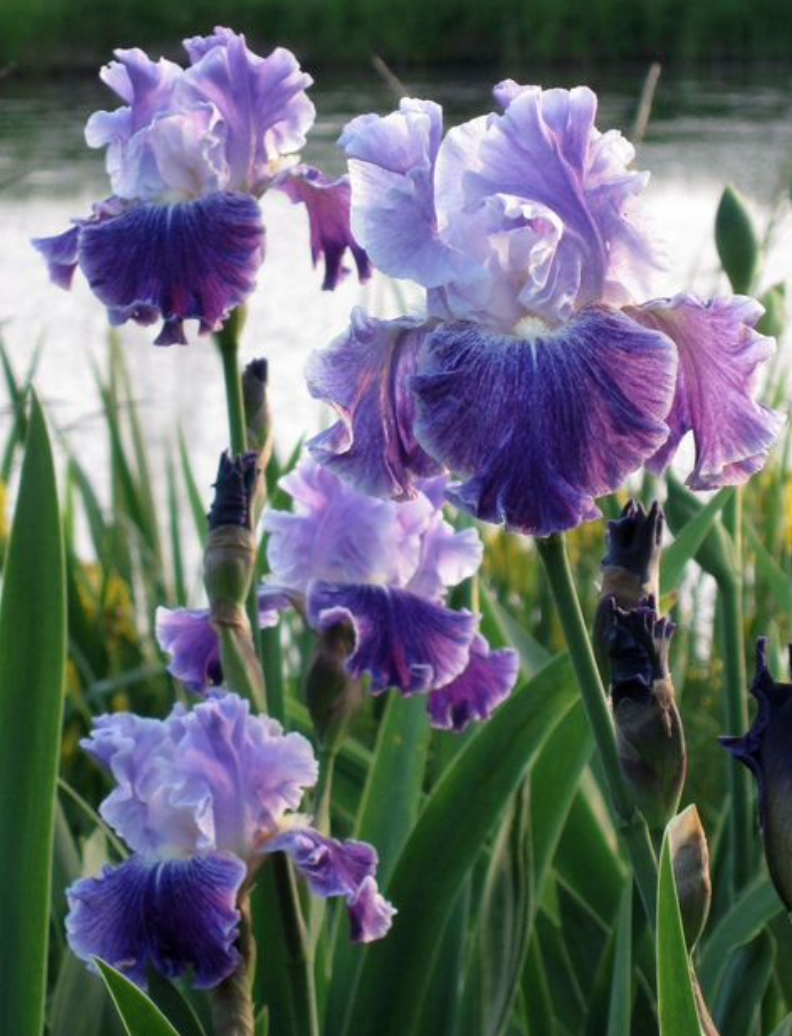
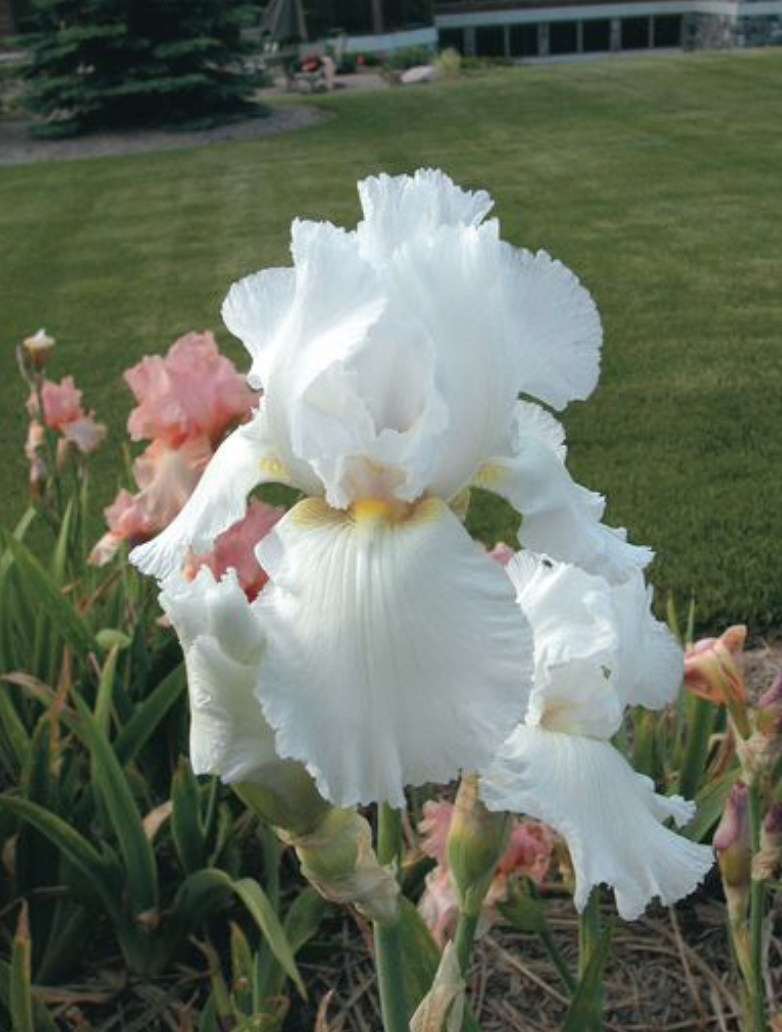
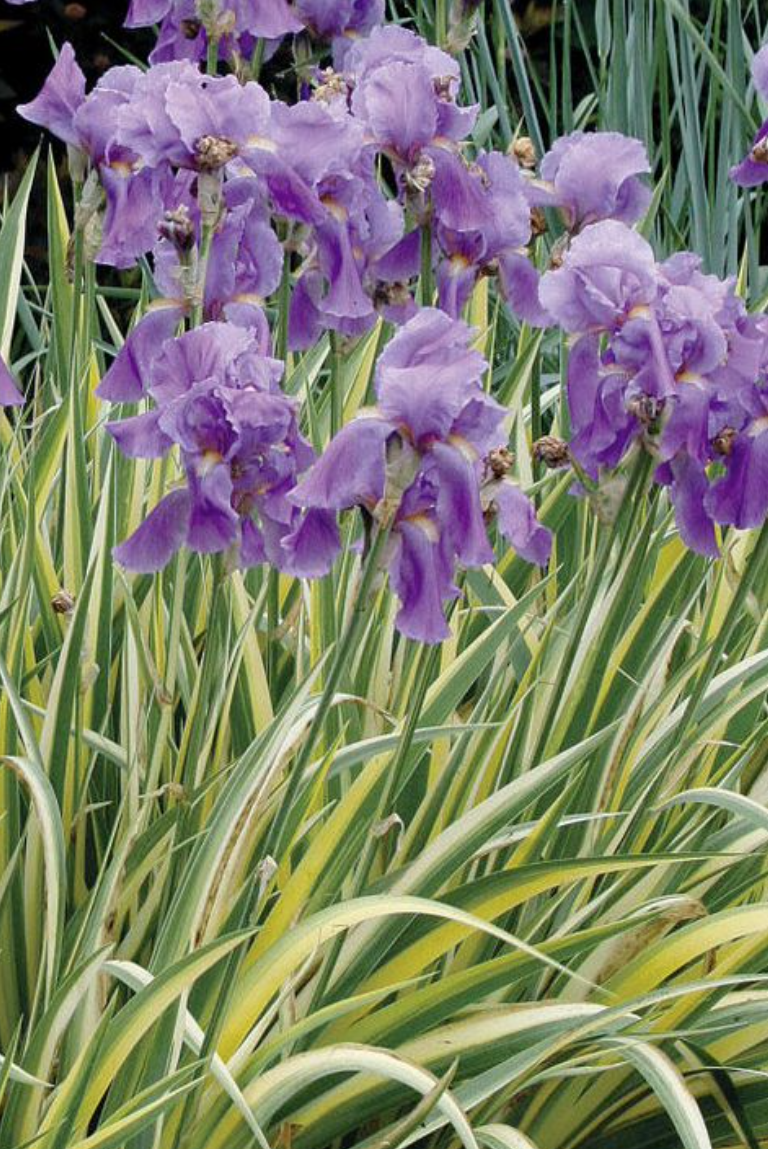
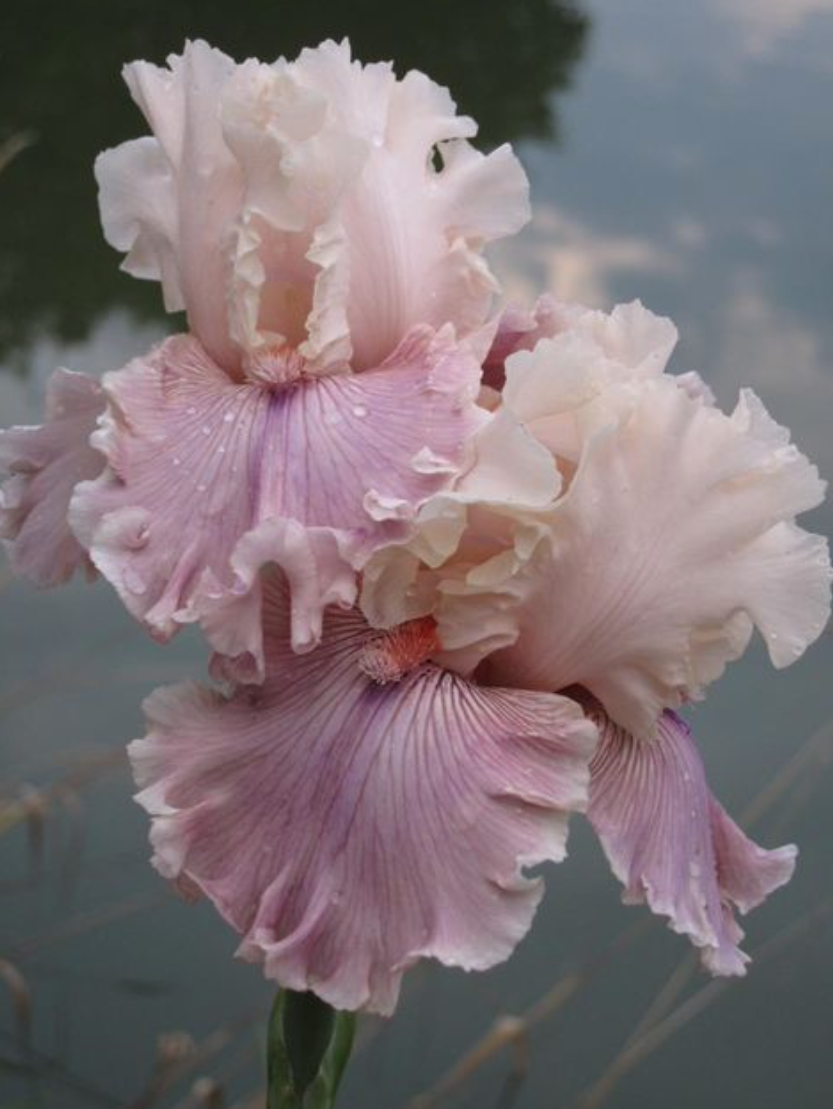
Lady’s Mantle (Alchemilla mollis)
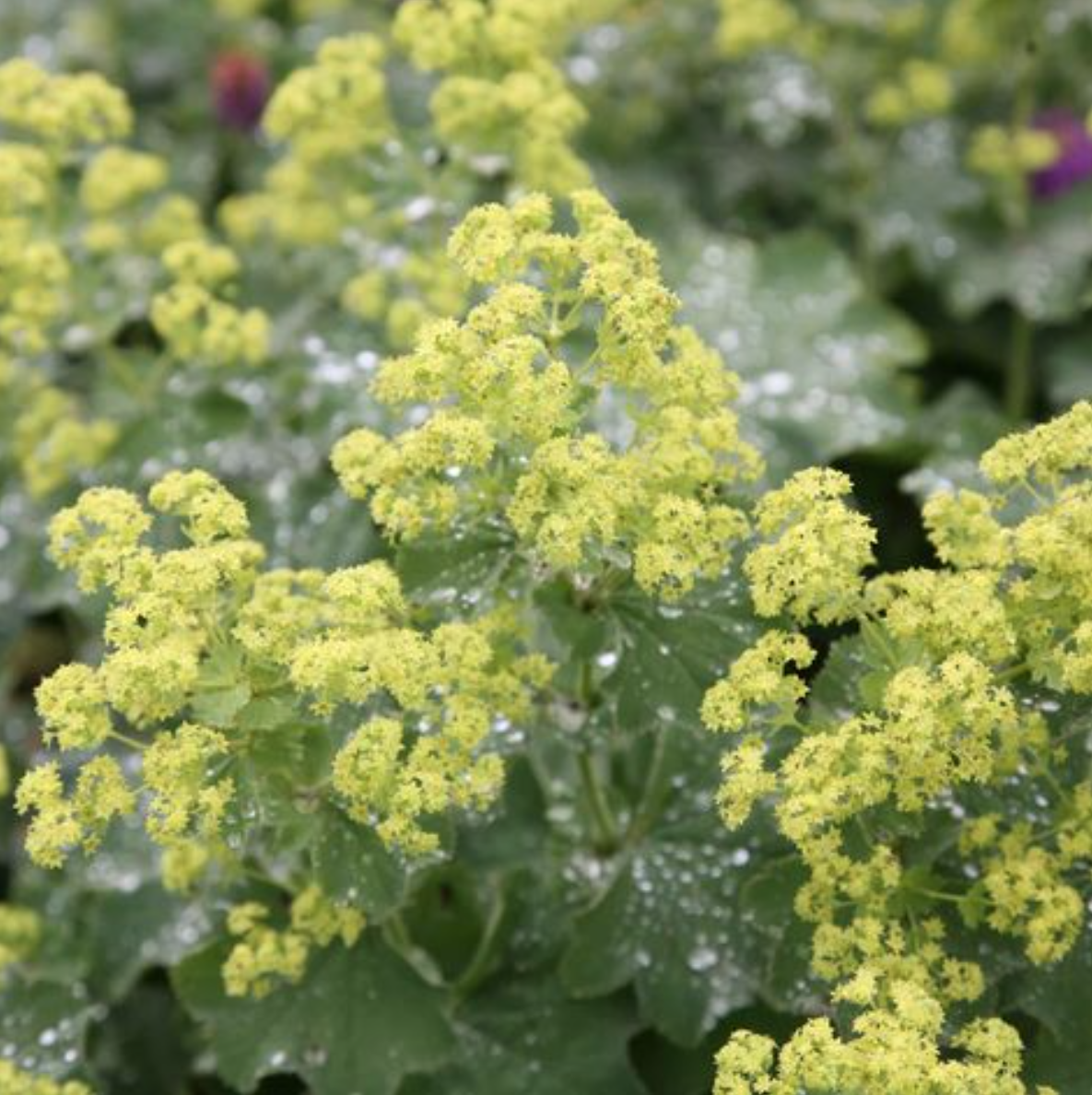
This old fashioned plant has a large leaves, approximately 6” across, that have serrated edges. It produces sprays of small yellow flowers from early to midsummer. Both the leaves and flower sprays would look amazing in a bouquet or in an arrangement, and are quite unusual.
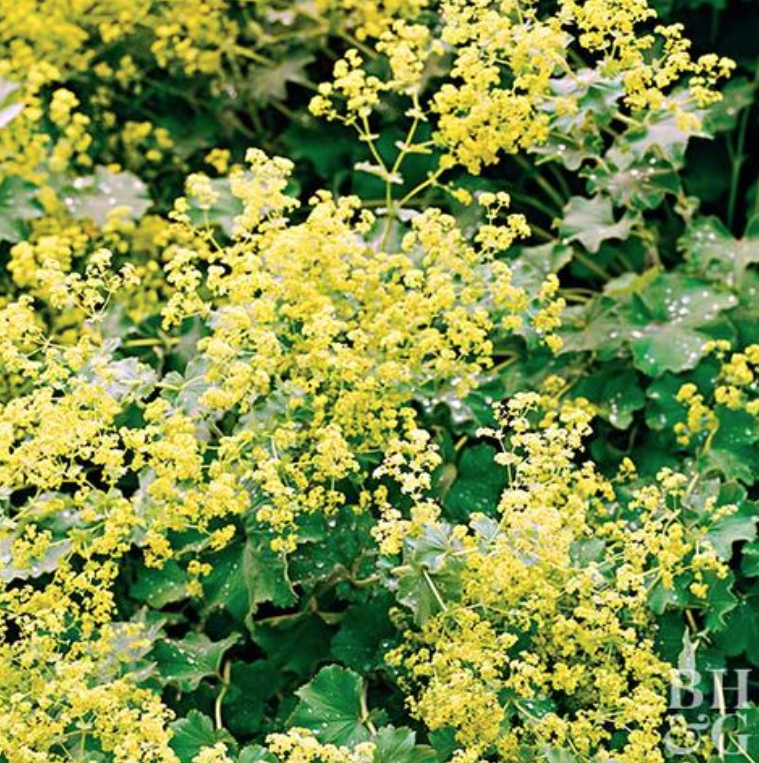
Hollyhock (Alcea)
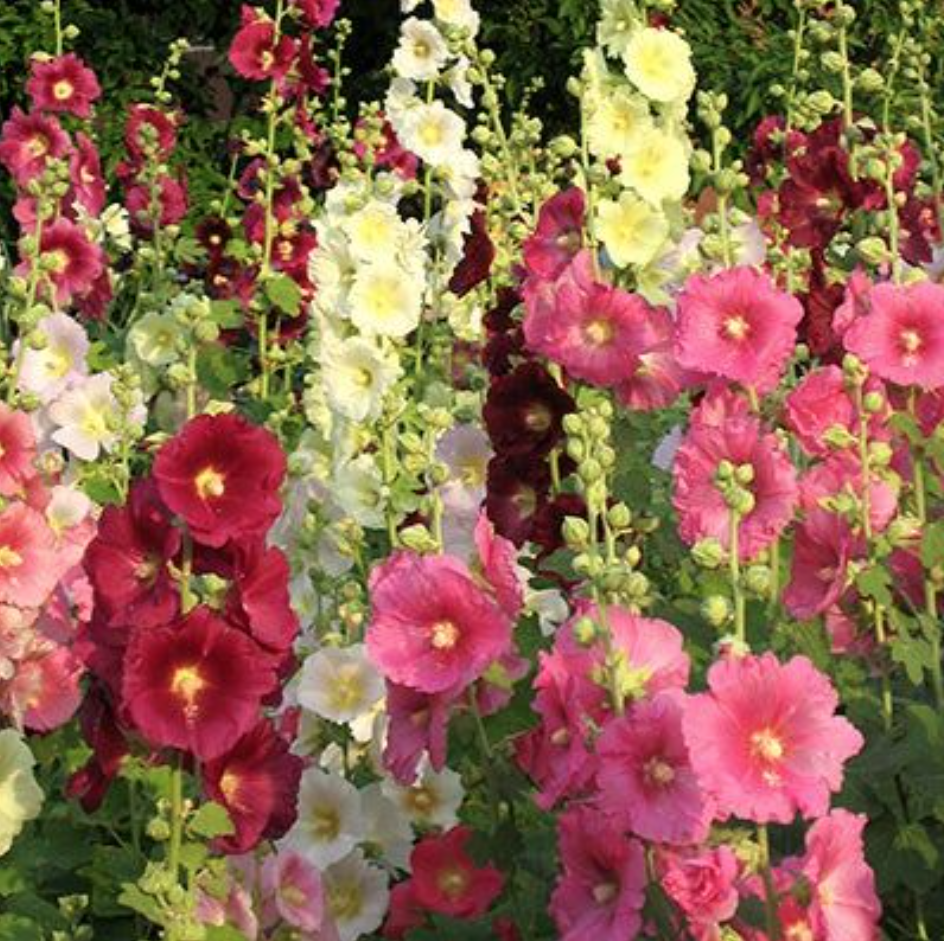
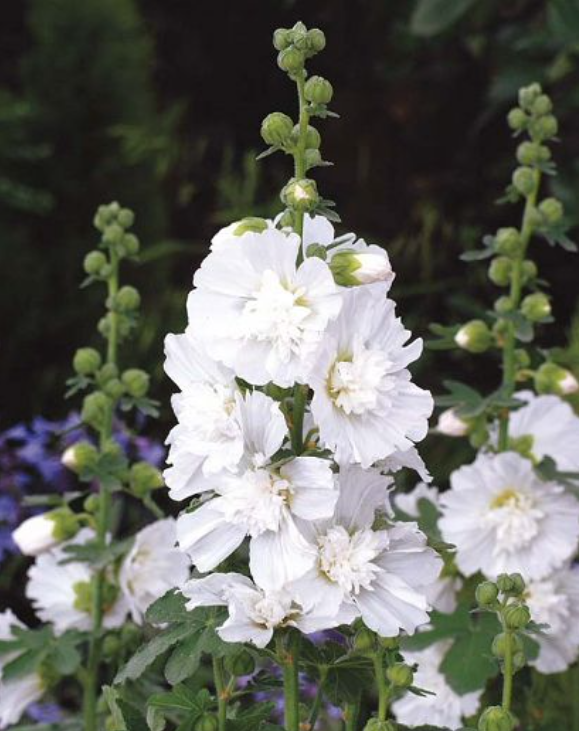
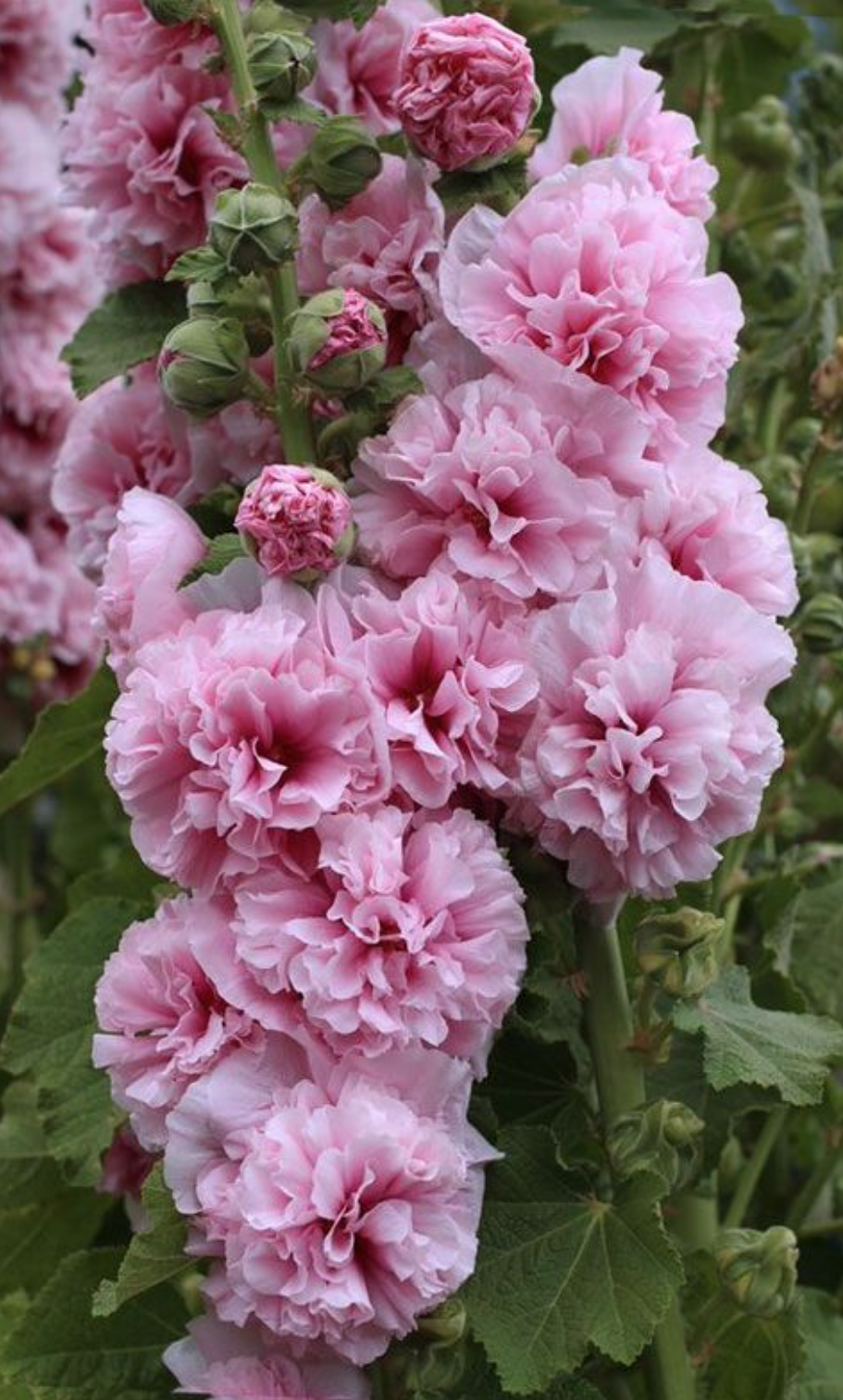
Hollyhocks have flower stalks that can grow as high as 9 ft., but most are about 3-8 ft tall. The stalks are rigid and rarely need staking. Because of the tall rigid stalks, these flowers make an amazing statement in arrangements both up on tables or on the floor. They come in many different colors including blues, whites, pinks, purples, red, yellows and even blacks. The tall stems are covered in blooms from the top to almost the bottom. Some people will tell you that Hollyhocks do not make good cut flowers, and are therefore not good for arrangements or for bouquets, but they can be with some extra work. The problem is that the stems are what we call, ‘milky’. This means that they have latex in the stems. This is the case in about 10% of plants. If the stems are seared when cut, then the flowers will last up to 5 days, and if you re-sear them after 3-5 days they will last longer. There are two ways to sear stems; one dip the cut ends into boiling water for about 30 seconds or burn the ends of the stem in a flame for a few seconds. They are worth the extra effort, and as an added bonus, they symbolize ambition, fertility and abundance.



